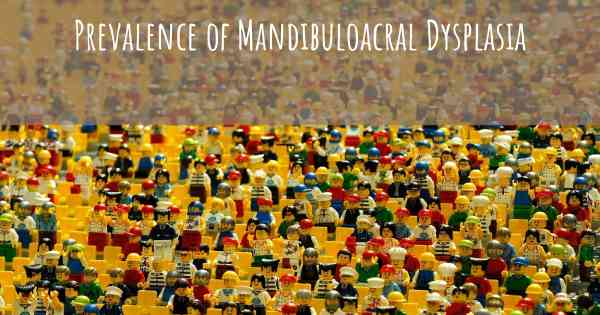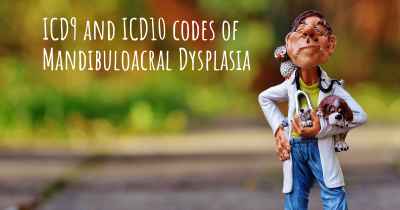What is the prevalence of Mandibuloacral Dysplasia?
How many people does Mandibuloacral Dysplasia affect? Does it have the same prevalence in men and women? And in the different countries?

Mandibuloacral Dysplasia is a rare genetic disorder characterized by skeletal abnormalities, skin changes, and metabolic complications. It is estimated to affect approximately 1 in 1 million individuals worldwide. The condition is inherited in an autosomal recessive manner, meaning that both parents must carry a mutated gene for their child to be affected. Symptoms typically manifest in early childhood and can vary in severity. Diagnosis is made through clinical evaluation, genetic testing, and imaging studies. While there is no cure for Mandibuloacral Dysplasia, treatment focuses on managing symptoms and improving quality of life.
Mandibuloacral Dysplasia (MAD) is a rare genetic disorder that affects various body systems. It is characterized by skeletal abnormalities, skin changes, and metabolic complications. The prevalence of MAD is extremely low, making it a rare condition.
Due to its rarity, there is limited data available on the exact prevalence of MAD in the general population. However, it is estimated to affect less than 1 in 1,000,000 individuals worldwide. The disorder is inherited in an autosomal recessive manner, meaning that both parents must carry a mutated gene for their child to be affected.
MAD primarily affects the development of bones and connective tissues, leading to characteristic facial features, joint abnormalities, and short stature. Additionally, individuals with MAD may experience skin changes such as thinning, loss of fat tissue, and abnormal pigmentation. Metabolic complications, including insulin resistance and diabetes, can also occur.
While MAD is a rare condition, it is important for healthcare professionals to be aware of its symptoms and complications to provide appropriate care and support for affected individuals and their families.








